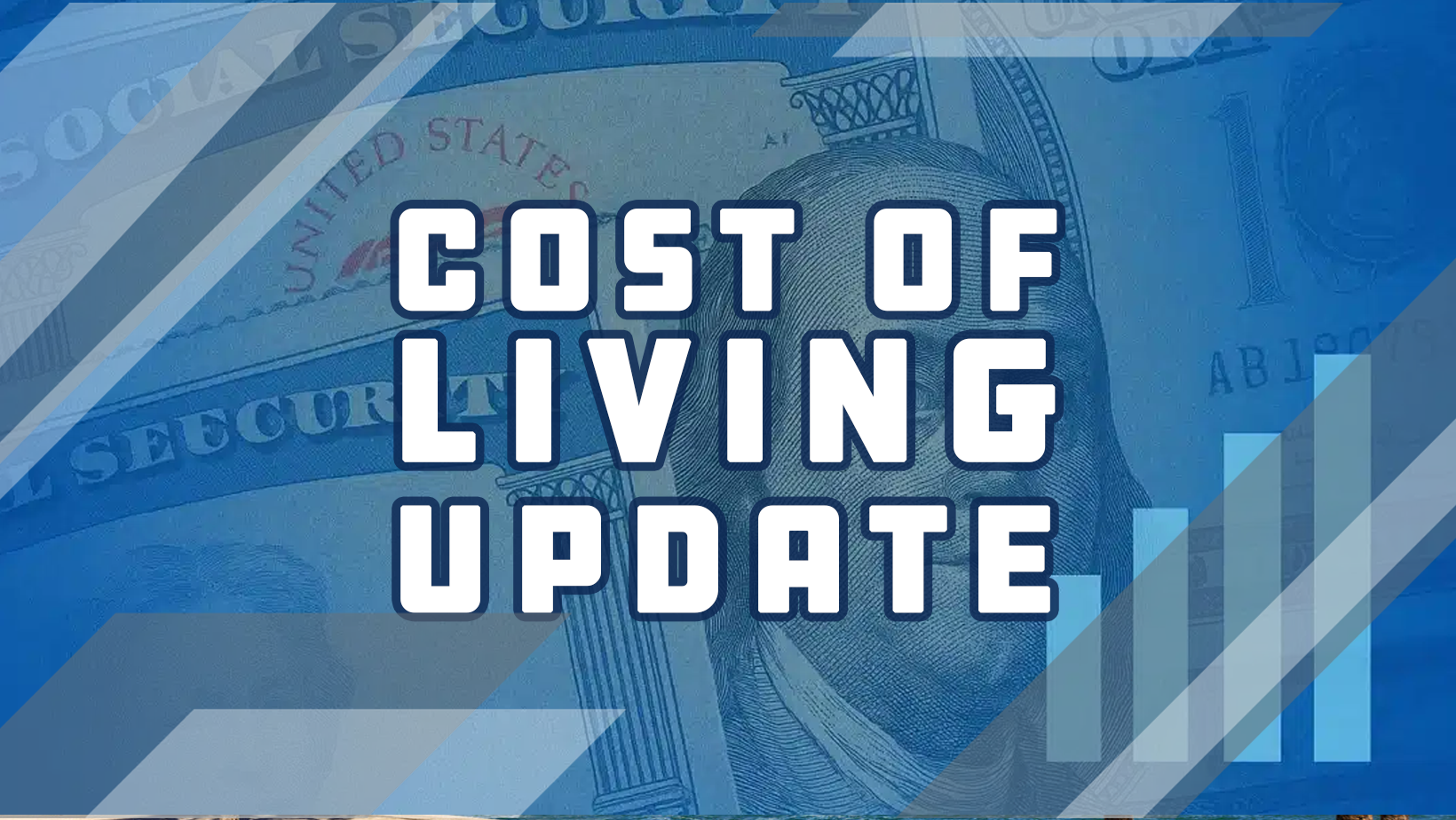Social Security 2026 COLA Raises Benefits by 2.8% with Strategic Retirement Planning Insights
Understanding the 2026 COLA: A Modest Boost with Big Implications for Insurers
The Social Security Administration (SSA) has announced a 2.8 % cost-of-living adjustment (COLA) for 2026, raising the average monthly benefit from roughly $2,008 to $2,064. On the surface that appears to be good news—but for many retirees, the story doesn’t end there.
What the Numbers Really Tell Us
The increase is slightly higher than the 2.5 % adjustment projected for 2025, signaling inflation remains a concern. But—as many in the industry already recognise—benefits rising a couple of percent don’t necessarily translate into improved financial security for older Americans.
Here’s where the nuance matters: healthcare and housing are rising far faster than the COLA. For example, the standard premium for Medicare Part B is projected to jump by approximately 11.6 % in 2026 (from $185 to about $206.50 monthly) and the annual deductible from $257 to around $288. That one line item could absorb almost 40 % of a retiree’s COLA increase. (Kiplinger)
“Although a slightly lower COLA of 2.7 % is possible… it’s apt to look pretty underwhelming to most Social Security recipients.”
— Mary Johnson, policy analyst (Investopedia)
For insurance professionals and advisors, that reality creates both challenges and opportunities. If retirees’ net gains are minimal—or even non-existent—it affects demand for supplement products, long-term care solutions, annuities and other retirement-income strategies.
Why the Increase May Fall Short
The key issues facing retirees (and thus insurers) include:
-
Healthcare outpacing inflation: Medical-care costs continue to grow faster than the broader consumer price index (CPI), which the COLA calculation uses. (AARP)
-
Automatic deductions: Because Medicare Part B premiums are often deducted directly from SSA benefits, beneficiaries may never feel the full boost.
-
Spending patterns differ: Many retirees spend more than the “urban wage-earners” index used in the COLA (CPI-W) assumes, especially on housing and healthcare. (MarketWatch)
-
Longevity and risk: With longer lifespans, the need for stable retirement income and mitigation of capital erosion becomes even more pronounced.
What This Means for the Insurance Industry
Retirees may view the SSA benefit increase as insufficient to fully replace working income. That shift in perception has implications:
-
Positioning Social Security as supplemental income: Rather than relying solely on SSA payments, individuals are better served treating them as one piece of a broader income strategy.
-
Growing interest in income-guarantee products: For example, annuities that offer guaranteed income plus inflation adjustment or long-term care benefits are gaining traction—Q2 2025 U.S. annuity sales reached $119.2 billion.
-
Need for risk-management frameworks: As retirement nears, many will shift portfolios toward lower-risk investments—high-yield savings, CDs, investment-grade bonds, dividend-paying stocks and conservative funds.
-
House-equity strategies matter: Many retirees hold substantial assets in their homes. Options like downsizing or reverse mortgages may supplement income—but with important implications (heir considerations, fees, market risk).
-
Timing Social Security matters: Delaying benefits past full retirement age (67 for those born after 1960) can increase payments up to ~124 % by age 70, including future COLAs—impacting how advisors counsel clients.
A Quick Snapshot for Advisers
Here’s a summary table to guide discussions with clients:
| Item | 2026 Projection |
|---|---|
| COLA Increase | ~2.8 % (~$56/month average) |
| Medicare Part B Premiums | ~11.6 % increase (to ~$206.50/month) |
| Net Impact | Significant chance that Part B eats much of the COLA |
| Portfolio Strategy | Shift toward lower-risk, income-generating assets |
| Supplement Income Need | Higher likelihood retirees will seek additional income sources |
Forward Look for Carriers and Advisers
In conversations with clients and stakeholders, emphasise these themes:
-
Holistic retirement income planning is no longer optional: SSA alone won’t cover rising costs for many.
-
Product innovation and education: Products that explicitly address inflation, long-term care risk, and asset-preservation will be more relevant.
-
Advisory value rises: Helping clients understand how benefit timing, healthcare costs, asset allocation and housing equity interact will differentiate advisers and carriers.
-
Regulatory and demographic lens: Solvency pressure on Social Security and shifting demographics mean insurers must monitor how broader system changes may ripple through retirement markets.
Final Word
The 2.8 % COLA for 2026 is a welcome adjustment—but for many retirees it will amount to a modest boost that’s largely offset by rising healthcare and living costs. For the insurance industry, the message is clear: retirement income strategies must evolve beyond the assumption of SSA benefits being sufficient. Advisers and carriers who position themselves around income guarantees, capital preservation, and smart integration of housing and longevity risk will be best placed to help clients—and capture the opportunity.


